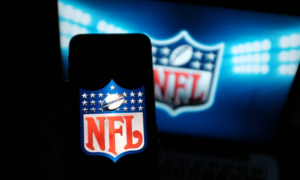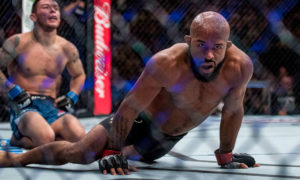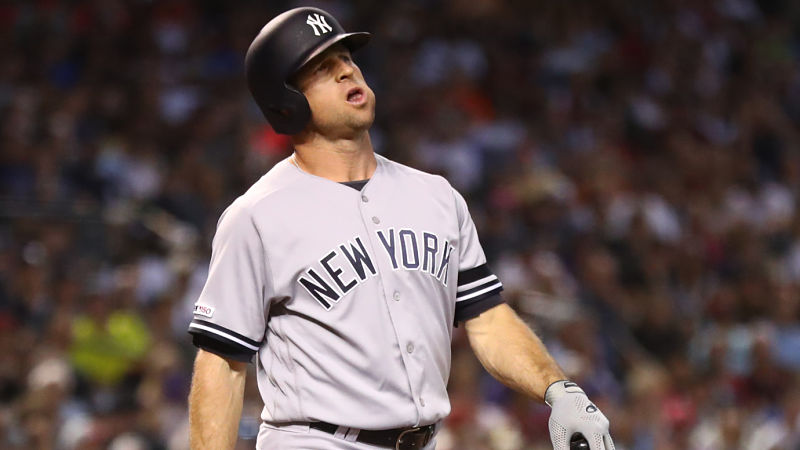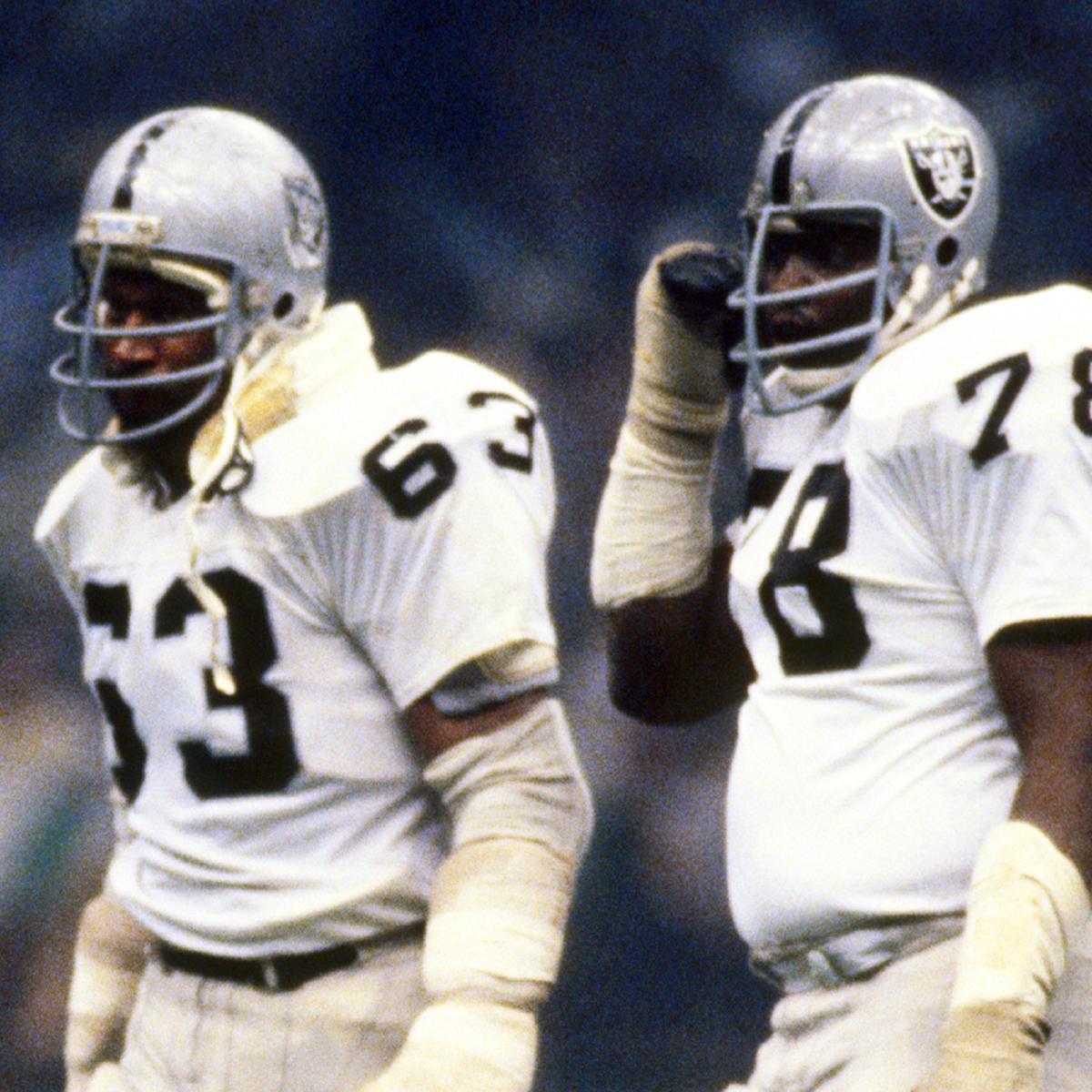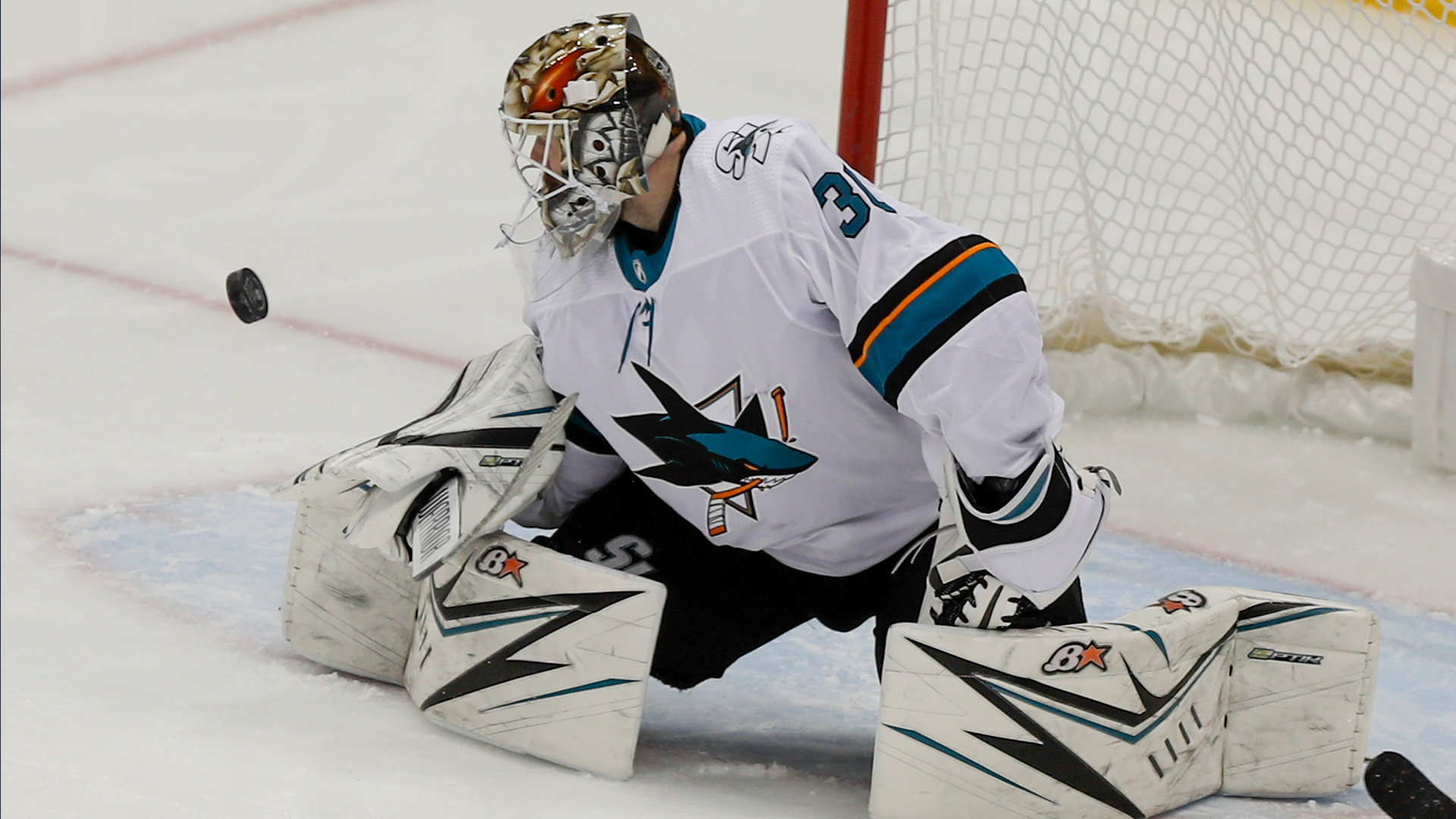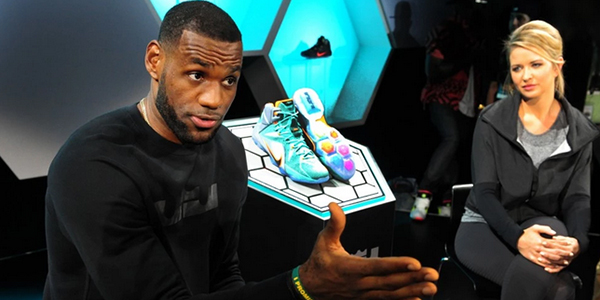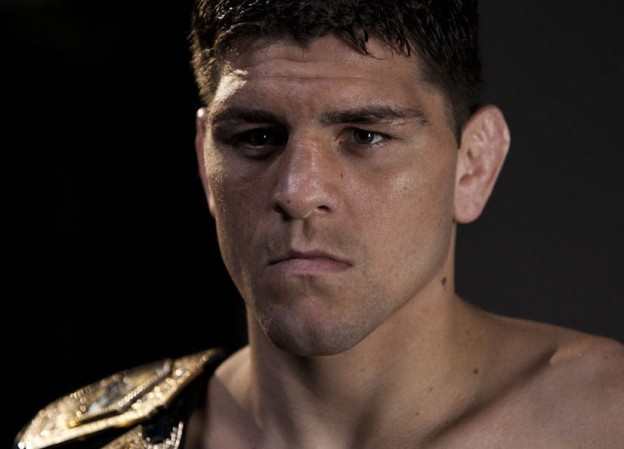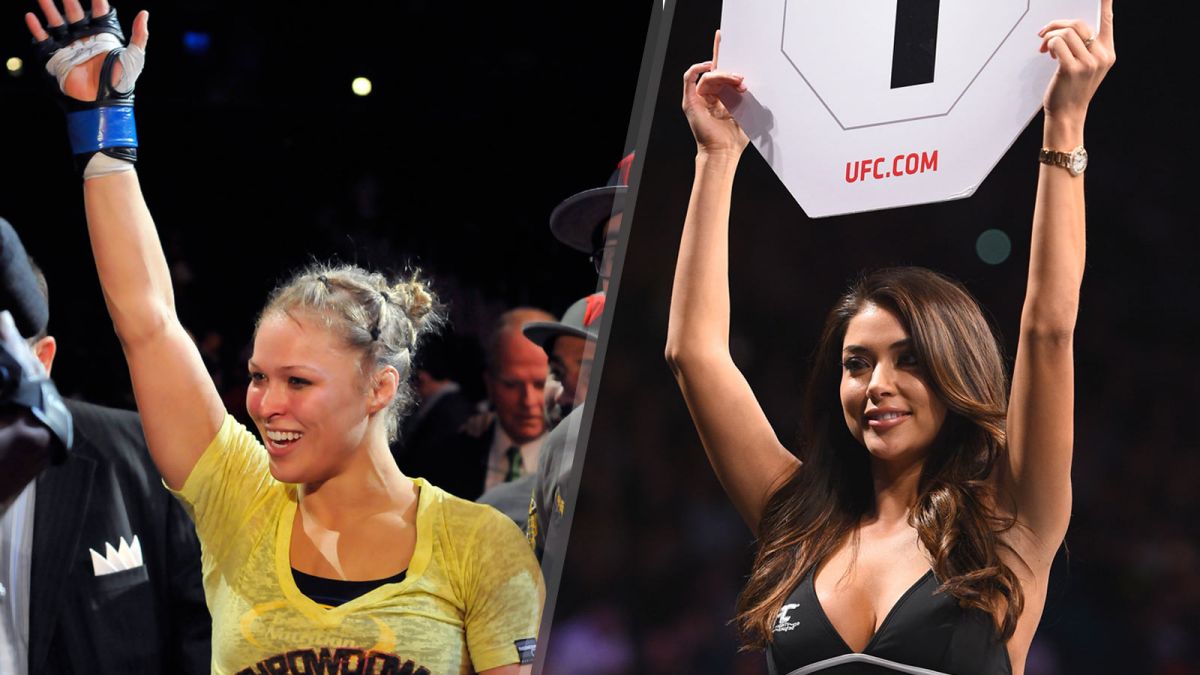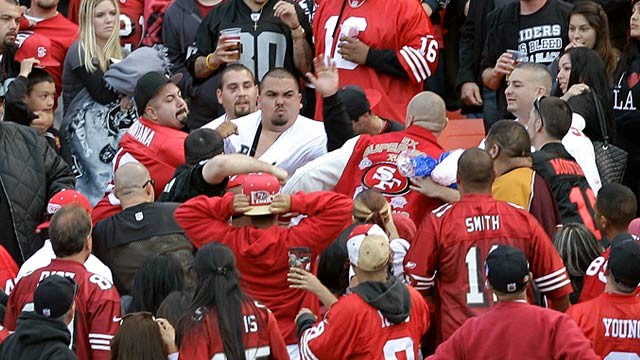A wild final play gave Game 4 to the Rays, but a bunch of Dodgers boneheaded blunders laid the groundwork for the madness that unfolded.
ARLINGTON, Texas — As the Rays celebrated the wildest finish a World Series game has ever seen, Dodgers manager Dave Roberts stared out at the field and contemplated some of the most astonishing team-wide incompetence a World Series game has ever seen.
As bat collided with ball, he was mapping out the 10th inning. Thirteen seconds of chaos later, he was trying to comprehend what he had just witnessed.

First he had to process the last play of the game, the one that will be replayed endlessly, the one he called “the un-perfect storm,” the one that officially gave the Rays the 8–7 win in Game 4 and evened the Series at two games apiece. But he also had to consider that he and the Dodgers had laid the groundwork for this colossal failure two innings earlier.
Start with the moment that should steal sleep from at least four Dodgers tonight. Leading 7–6, Roberts had called upon erstwhile closer Kenley Jansen to collect the final three outs. Roberts had demoted Jansen during the National League Division Series after he struggled to find his velocity, but the pitcher has slowly worked his way back into favor. Jansen struck out pinch hitter Yoshi Tsutsugo, then allowed a broken-bat single to the ninth hitter, Kevin Kiermaier. Joey Wendle flied out to left field.
Randy Arozarena, the hottest hitter on the planet and already 3-for-4 for the evening, strode to the plate. Pitching coach Mark Prior reminded Jansen not to let Arozarena beat him. Jansen nibbled around the edges of the plate and eventually walked Arozarena. Los Angeles could live with this outcome: On deck was Brett Phillips, a pinch runner and defensive replacement who had not even made the American League Championship Series roster. He had not had an at bat since Oct. 7. He had not had a hit since Sept. 25.
Rays manager Kevin Cash had emptied his bench trying unsuccessfully to push a run across in the eighth, so he had no choice but to let Phillips hit for himself. Cash had hoped Phillips could bunt, but with two outs, he had to let him swing away.
Jansen threw a cutter inside and then two borderline pitches, a cutter and a sinker, that home plate umpire Chris Guccione called strikes. Jansen came back with a cutter, waist-high. Phillips flared it to center. Kiermaier scored. Tie game.
And then came the sequence that, if they lose their third World Series in four years, will haunt Dodgers fans. Center fielder Chris Taylor—only playing the position because Cody Bellinger’s back tightened up on him—failed to lower his glove enough to snare the ball cleanly. As he corralled it and fired to the cutoff man, first baseman Max Muncy, Arozarena rounded third … and tripped. Muncy’s throw hit catcher Will Smith’s mitt, but he seemed to begin to make the tag before squeezing the ball. He could not have known that Arozarena was still recovering from his somersault; Smith surely thought he had to hurry. In any case, the ball bounced off his fingertips and trickled toward the backstop. Jansen punched his glove and meandered toward the third base line rather than backing up home plate. Arozarena scored. The Rays won.
If Los Angeles fans want to know why any of these miscues occurred, too bad. Taylor, Muncy and Smith did not speak with the media. Jansen did, but he mostly deflected. “I didn’t give up one hard hit,” he said. “What can I do?” And he declined to explain why he did not back up home plate. “It doesn’t matter,” he said of the reason.
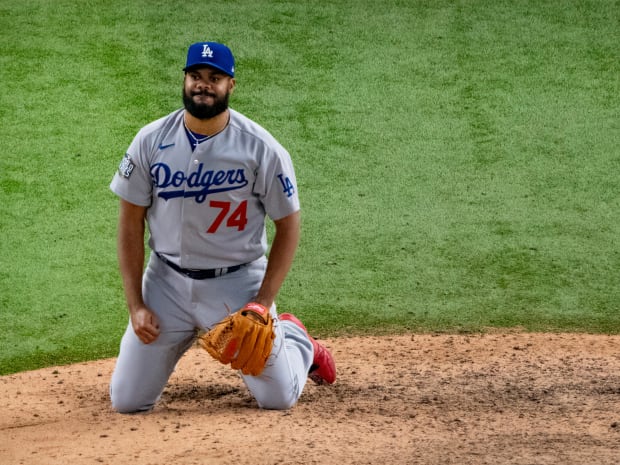
But it does matter. This is a team that has not won a title in 32 years. The Dodgers fielded the most expensive roster in the National League—and the best club in baseball—this season. They spent all year insisting that anything short of a championship would be a failure. They came one strike from a commanding 3–1 series lead, with ace Clayton Kershaw scheduled to start a potentially clinching Game 5. Instead they face a best-of-three. Their fans deserve accountability.
Roberts did speak to the media, and it was during his session that he revealed perhaps the most baffling mistake the team committed during the game. He had pulled starter Julio Urías after 4 2/3 innings and gone to righty Blake Treinen. Treinen got out of the fifth but opened the sixth with a single, a walk and a strikeout. Roberts summoned righty Pedro Báez to face lefty Brandon Lowe and protect a 4–2 lead.
Báez is tough on lefties because of his devastating changeup. He threw three of them to Lowe, then a fastball to even the count at 2–2. Then he went back to the fastball. Lowe muscled it into the right field seats. Báez escaped the inning, but with the Dodgers down 5–4, Roberts told him his night was over. Báez began to cool down.
Then L.A. retook the lead in the top of the seventh, and Roberts changed his mind. He sent Báez back out for the bottom of the inning. Báez gave up a game-tying home run to Kiermaier. The Dodgers went up again in the eighth when Corey Seager blooped an RBI single to bring the score to 7–6, where it would remain until the bottom of the ninth inning.
Afterward, Roberts said, “I take blame for having [Báez] go back out, because we were down, and then I told him he was finished. … I shouldn’t have said that.”
Roberts deserves credit for admitting his error here. But what an error.
The Dodgers like to believe they are the smartest guys in the room. On Saturday, they may have cost themselves a World Series because of a bunch of boneheaded blunders. After they botched Game 4. Roberts said that the team doesn’t “play the blame game.” Good thing: They would probably botch that one, too.
——————-

